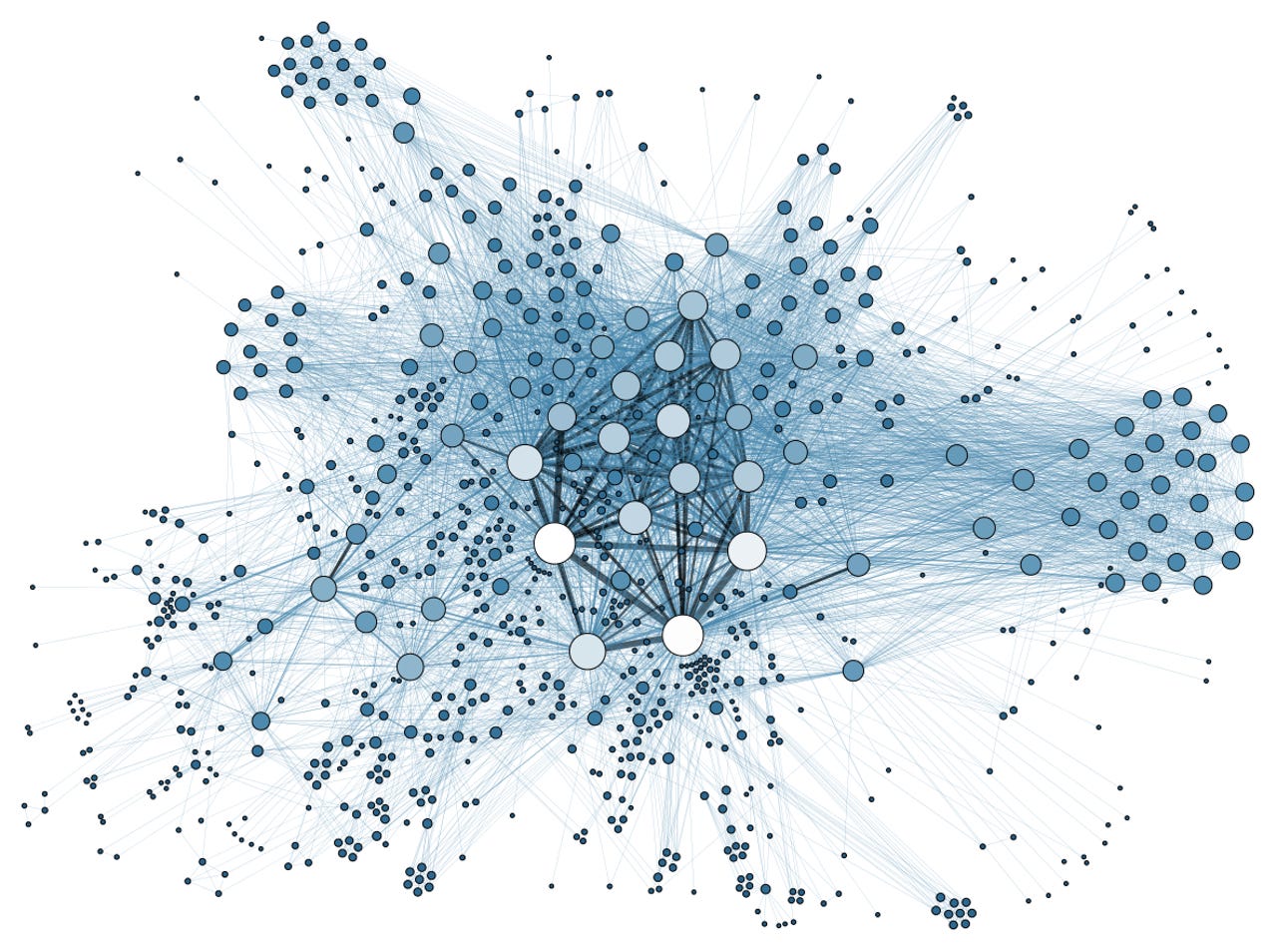IoT sensors unlocking hyper-local environmental insights


It's second nature to check the weather before we go outside. In California, where I live, air quality conditions are also regularly broadcast in local media.
But data on hyper-local air quality, which can vary from neighborhood to neighborhood, is much harder to come by. Todd Richmond, a faculty member at the Pardee RAND Graduate School and IEEE member, wondered if IoT could help.
"We view IoT devices as a new way to gather data," writes Richmond. "Rigorous research and analysis is fueled by data, and IoT devices allow new opportunities to gather data in times, places, and ways not previously possible. Then when you combine these new data sources with new ways to parse and analyze the data, such as Machine Learning, you have even more new capabilities and scaling that was not previously possible."
Historically, air quality monitoring has been the domain of national or state agencies. In part, that's because the monitoring hardware is pricey. The coverage net, therefore, has been spread thin, making monitoring at a local level impossible.
Must-see offers
Now, IoT sensors that can compete with older generation sensors for accuracy in many cases are available for a fraction of the cost.
Richmond decided to recruit volunteers from RAND in Santa Monica, a Los Angeles-adjacent beach city, and give them inexpensive air sensors from a company called PurpleAir. The volunteers embedded the sensors in their homes, where they began automatically sending back air quality data.
Richmond and his team have been accessing the data and coming up with analysis strategies to extract useful insights. So far, the team has over 5 million datapoints, with another million added each month. Given that air quality monitoring to date has been done at the state level, the density of data produced in this small trial is striking, and suggests a new paradigm for environmental science.
"We are continuing to collect and analyze data from our Santa Monica sensors, and are deploying another set in Pittsburgh to further refine and understand our process and results," writes Richmond. "We're exploring how we might correlate other data sources to better understand sources and influences on the local air quality."